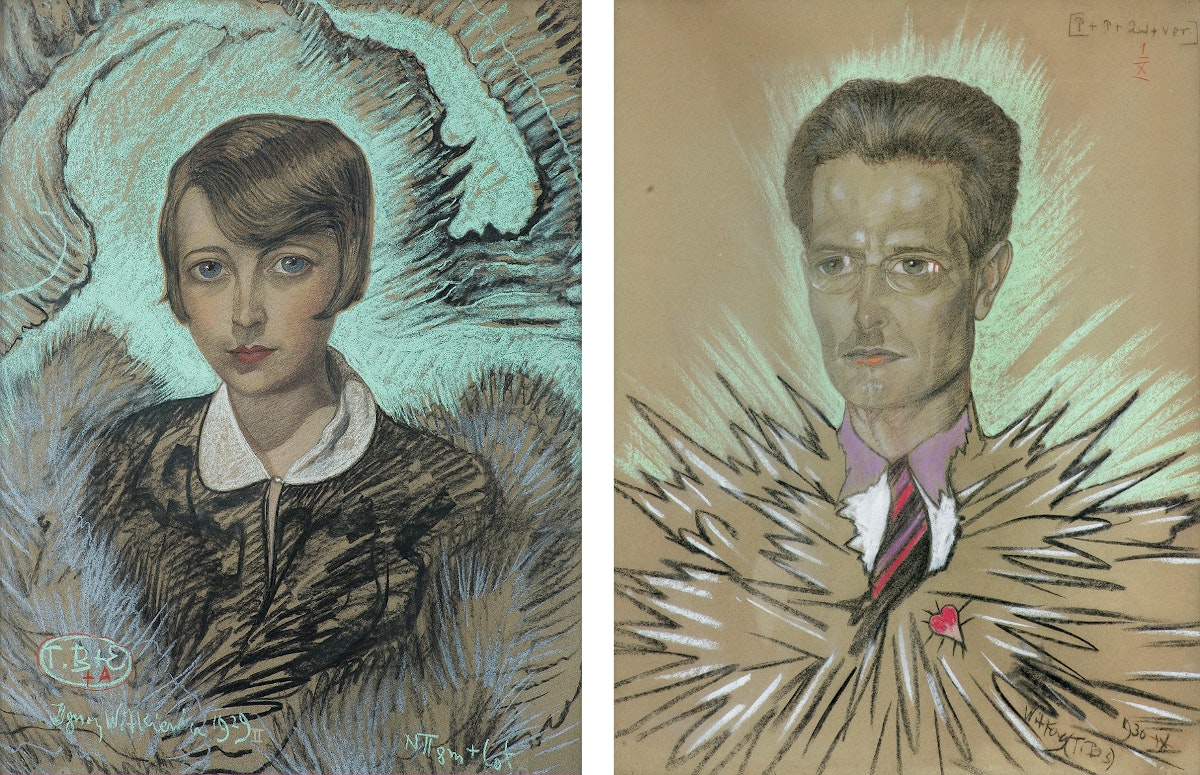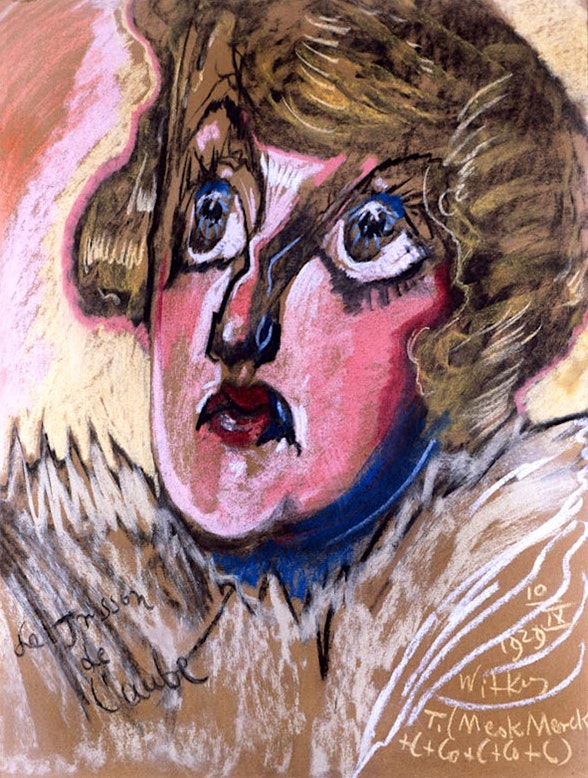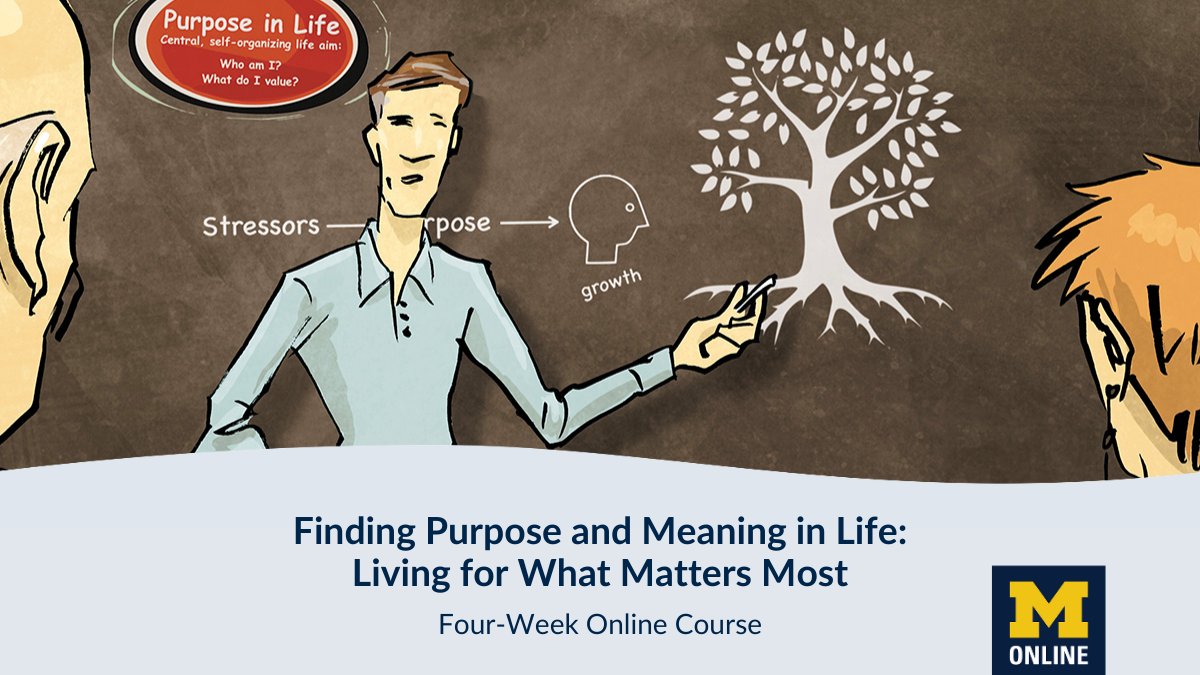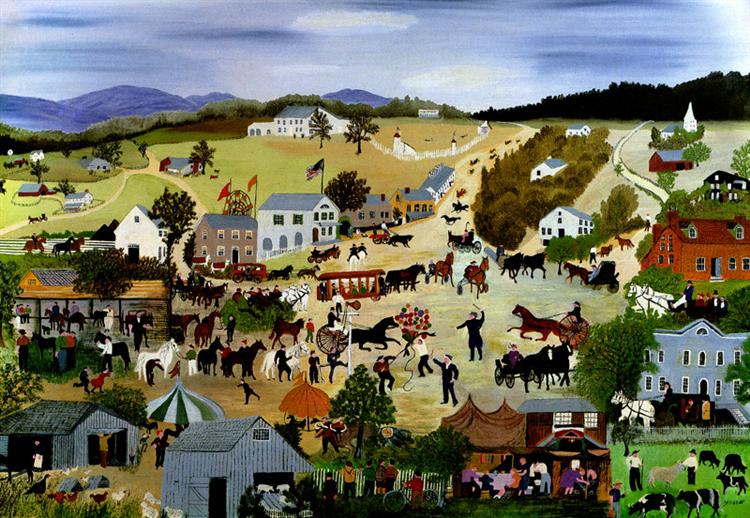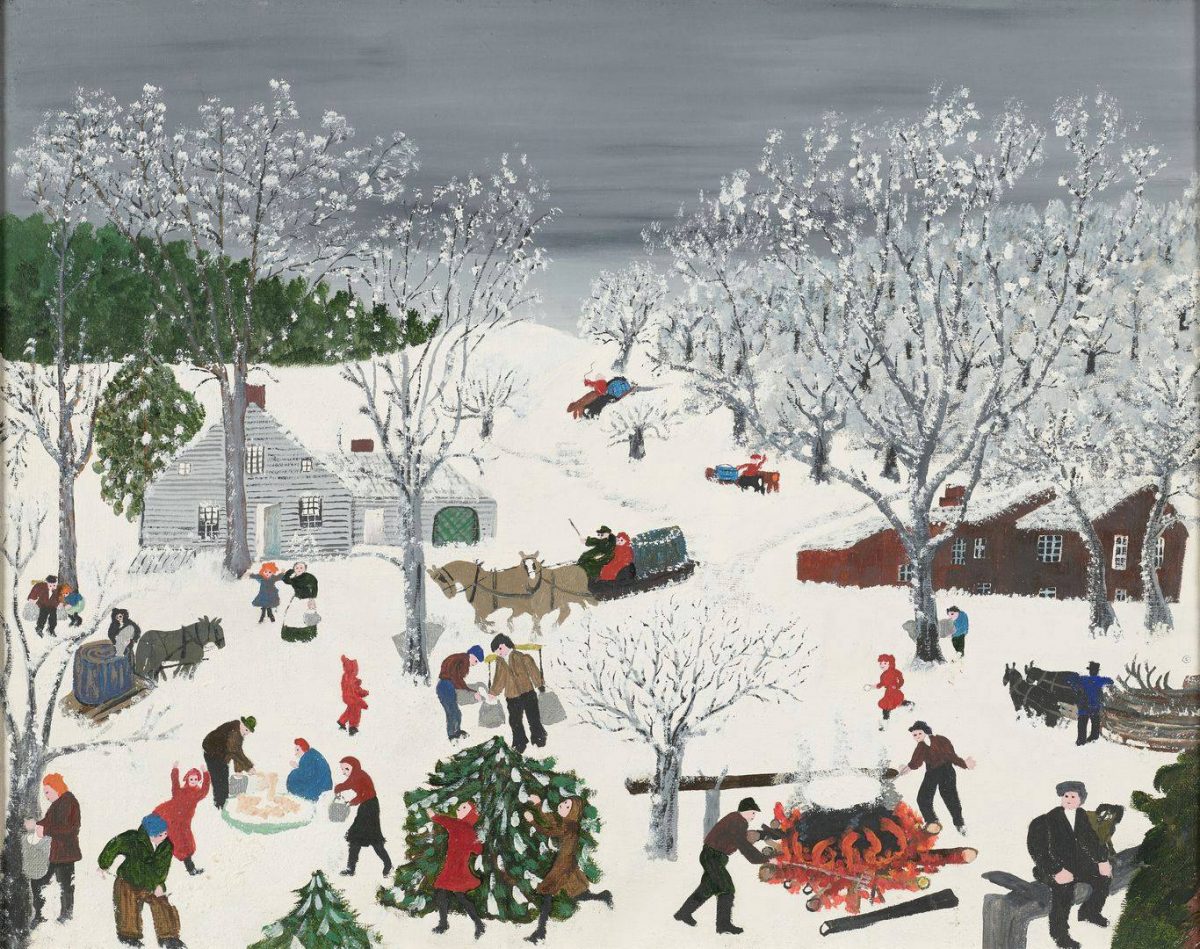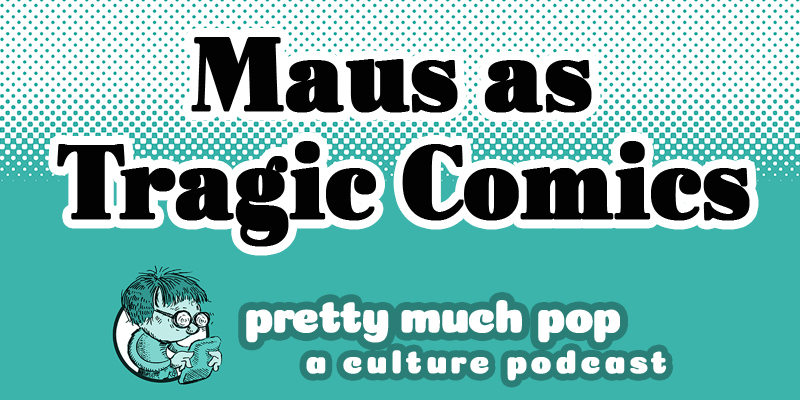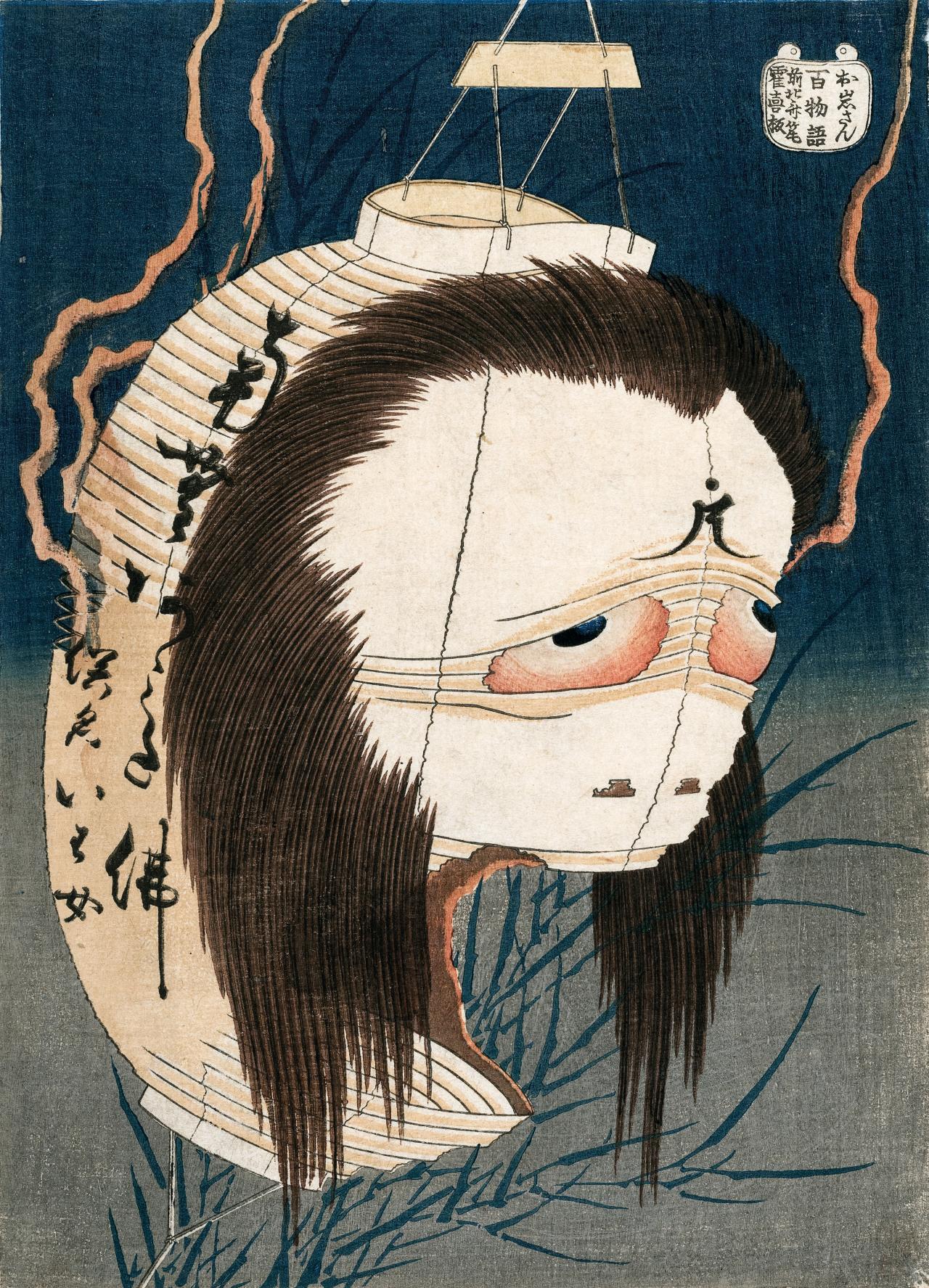The statute of limitations has surely expired for Contact, the 1997 Robert Zemeckis adaptation of Carl Sagan’s eponymous novel. The film suggests early on that Earth has been receiving communications from outer space, but for most of its two and a half hours keeps its audience in suspense as to the nature of the extraterrestrials sending them. When Jodie Foster’s astronomer protagonist finally gets some one-on-one time with an alien, it takes the form of her own long-dead father, who inspired her choice of career. This ending quickly became fodder for South Park jokes, but time seems to have vindicated it; any look back at the CGI aliens in other movies of the mid-nineteen-nineties confirms that the right choice was made.
Contact was not a straightforward book-to-film adaptation. Rather, Sagan and his wife Ann Druyan intended the project as a film first, and even wrote a detailed script treatment before publishing the story as a novel. About three decades earlier, 2001: A Space Odyssey had emerged out of a similarly unconventional process. Rather than adapting an existing book, as he’d done before with Lolita and Dr. Strangelove, Stanley Kubrick and Arthur C. Clarke decided to work together on the ideas that would shape both a film directed by the former and a novel written by the latter. The collaboration had its difficulties, not least when it came time to bring their vision of mankind’s future to a satisfying close.
Enter Sagan, already on his way to becoming a well-known thinker about the universe and man’s place within it. “My friend Arthur C. Clarke had a problem,” he remembers in his book The Cosmic Connection. “He was writing a major motion picture with Stanley Kubrick” (then called Journey Beyond the Stars) on which “a small crisis in the story development had arisen.” In the film a spacecraft’s crew “was to make contact with extraterrestrials. Yes, but how to portray the extraterrestrials?” Kubrick had ideas about going the traditional route, creating aliens “not profoundly different from human beings” and thus portrayable by humans in suits, much like the apes at the monolith
Sagan opposed this, as “the number of individually unlikely events in the evolutionary history of Man was so great that nothing like us is ever likely to evolve again anywhere else in the universe. I suggested that any explicit representation of an advanced extraterrestrial being was bound to have at least an element of falseness about it, and that the best solution would be to suggest, rather than explicitly to display, the extraterrestrials.” Kubrick ultimately did choose that artistic path, resulting in such haunting, alien-free scenes as the ending wherein David Bowman encounters his aged self in an eighteenth-century bedroom. Whether or not that was quite what he had in mind, Sagan did credit Kubrick’s 2001 with “expanding the average person’s awareness of the cosmic perspective” — which was more than he could say a decade later about Star Wars.
Related content:
Carl Sagan, Stephen Hawking & Arthur C. Clarke Discuss God, the Universe, and Everything Else
An Animated Carl Sagan Talks with Studs Terkel About Finding Extraterrestrial Life (1985)
Based in Seoul, Colin Marshall writes and broadcasts on cities, language, and culture. His projects include the Substack newsletter Books on Cities, the book The Stateless City: a Walk through 21st-Century Los Angeles and the video series The City in Cinema. Follow him on Twitter at @colinmarshall, on Facebook, or on Instagram.

